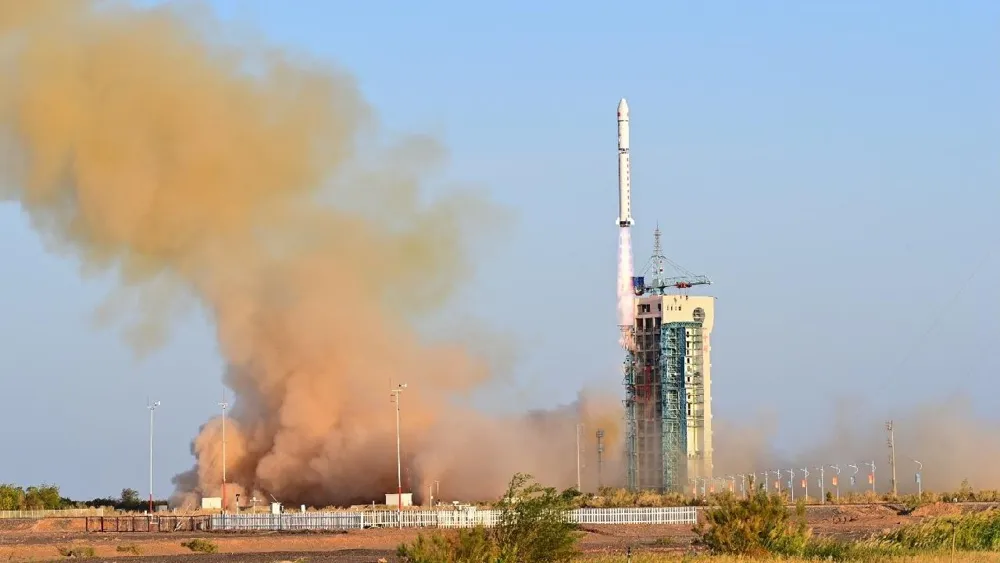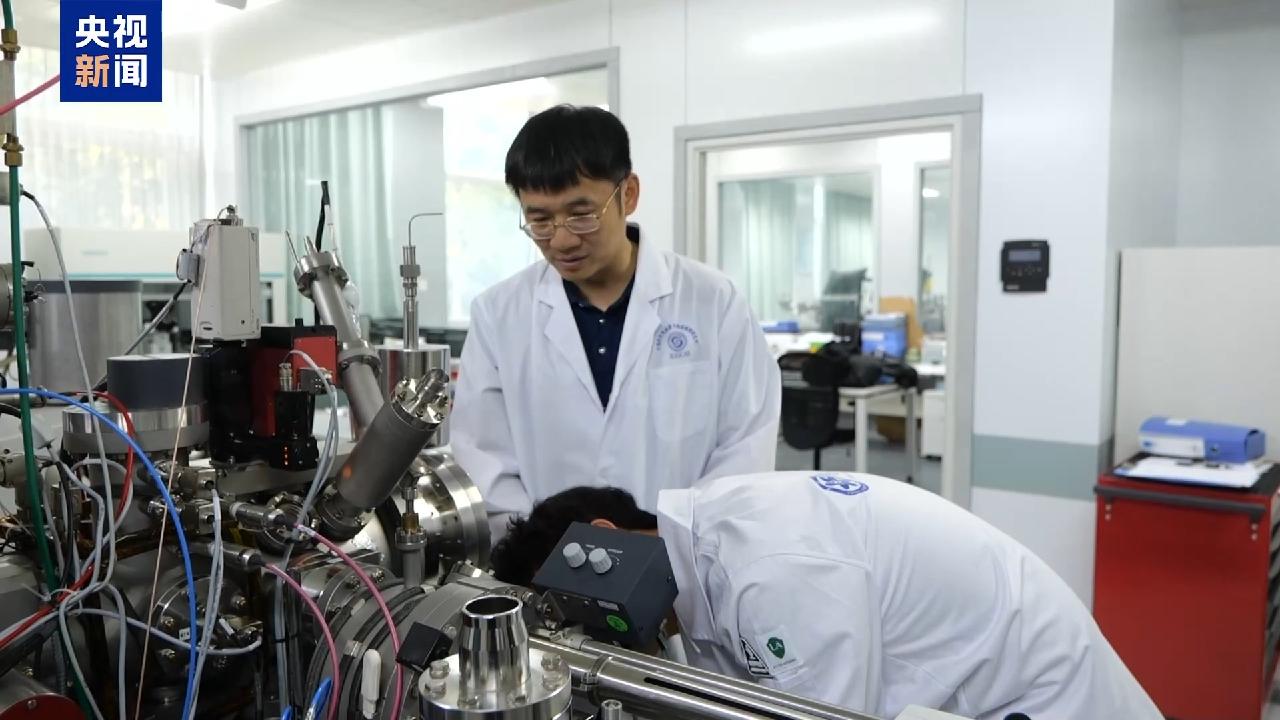China launches first reusable returnable test satellite

China has made a significant advancement in its space exploration endeavors with the successful launch of its first reusable test satellite, Shijian-19. This milestone was achieved on Friday when the satellite was sent into its designated orbit aboard a Long March-2D rocket.
The Long March-2D rocket lifted off from the Jiuquan Satellite Launch Center in northwest China at precisely 6:30 p.m. This launch not only showcases China's growing capabilities in space technology but also signifies a step forward in its efforts toward international collaboration in space.
The Shijian-19 satellite is designed to achieve several technological breakthroughs, which are expected to substantially elevate the technical level and application efficiency of China’s returnable satellite systems. This will enable more sophisticated experiments and applications in the field.
Researchers plan to utilize the reusable satellite for various space experiments, thereby promoting the development and application of new space technologies. Notably, studies in microgravity science and space life science are among the key focus areas.
One ambitious goal of the Shijian-19 satellite is to conduct space breeding experiments. These experiments will play an essential role in accelerating germplasm resource innovation, potentially benefiting agricultural practices and food security.
Furthermore, Shijian-19 is equipped with payloads from five different countries, including partners like Thailand and Pakistan. This aspect of the mission highlights the importance China places on fostering extensive international cooperation in space endeavors.
The successful launch of the Shijian-19 also represents the 537th flight mission for the Long March series rockets, marking a notable achievement in the history of China’s space program. This prolific series reflects China's ongoing commitment to advancing its capabilities in aerospace.
Read These Next

Curiosity Rover Finds Coral-like Rocks on Mars, Water Implications
This commentary explores the implications of NASA's Curiosity rover finding coral-like rock formations on Mars, highlighting its potential to confirm past liquid water presence and stir public curiosity about extraterrestrial life.

China's Lunar Samples Boost Knowledge of Moon Exploration
Chinese researchers find the moon's far side is drier than the near side, impacting future lunar exploration and collaboration.

Kitepower's Giant Kite: A Breakthrough in Renewable Energy
This article discusses Kitepower's innovative kite technology for generating wind energy in remote areas, highlighting its potential applications and broader implications for the renewable energy landscape.
